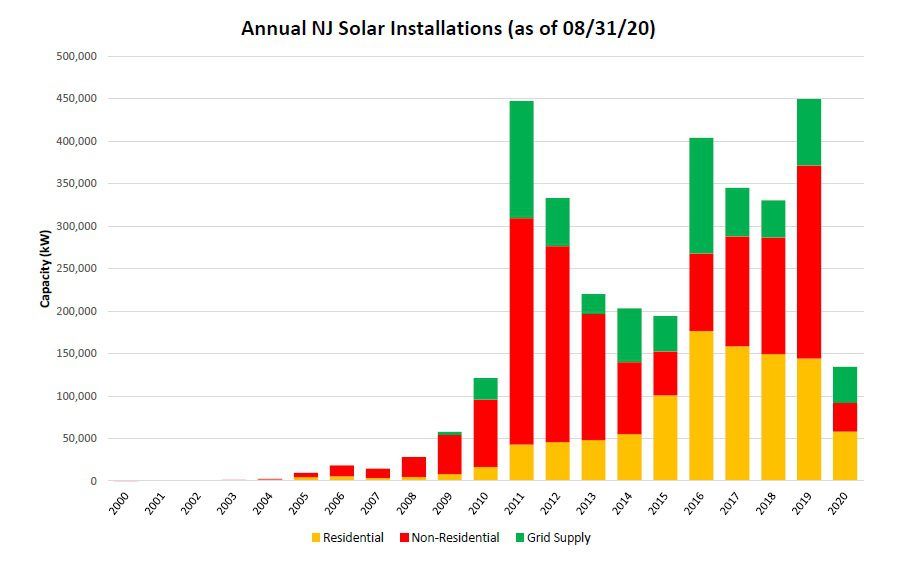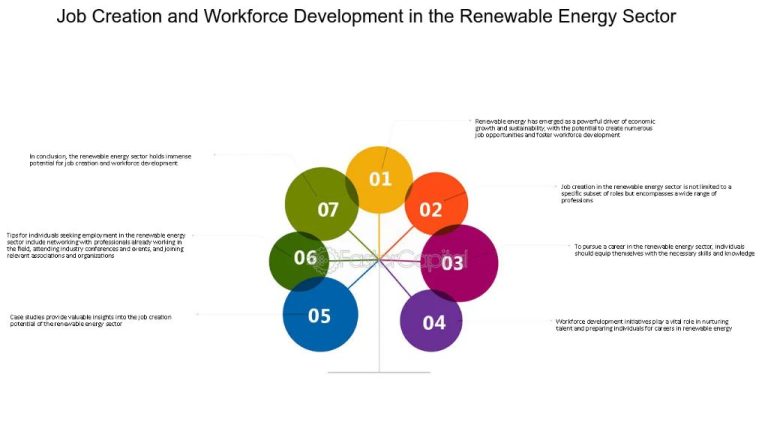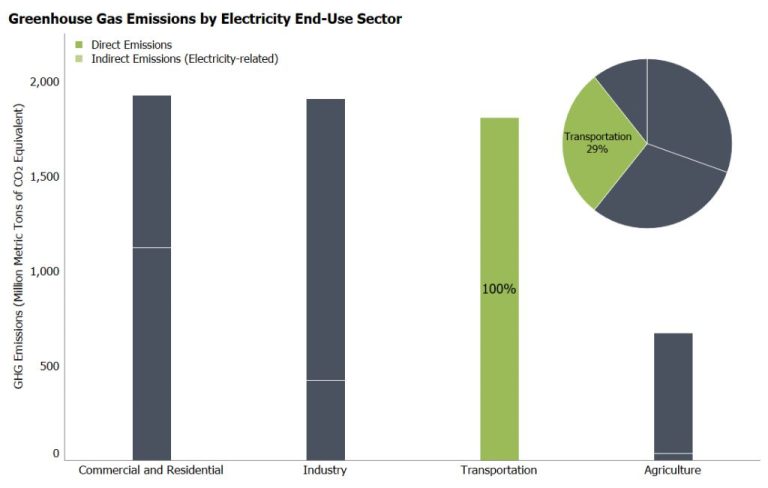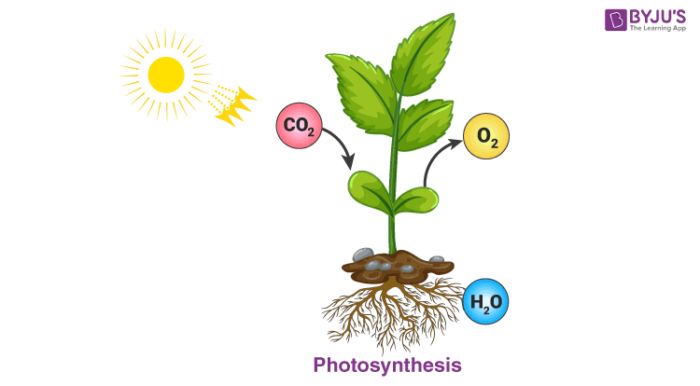What Is The Renewable Energy Data And Information Service?

Renewable energy sources like solar, wind, hydroelectric, geothermal, and biomass provide clean alternatives to fossil fuels. As the world transitions to renewable energy, relying on quality data and analytics becomes critical. Accurate data allows better forecasting to manage the variability and intermittency inherent with renewable resources. It also enables optimizing system operations, investment decisions, and policy development. Effective data management and analysis ensures the growth and integration of renewable generation while maintaining grid reliability and stability.
Data services like the renewable energy Data and Information Service play a vital role. By collecting, standardizing, analyzing, and distributing renewable energy data, they empower stakeholders with the timely insights needed for proper planning, management, and utilization of renewable assets and infrastructure. As the share of renewables increases globally, robust data frameworks will be imperative to foster sustainable growth while addressing climate change.
Purpose and Goals
The main goals and mission of the renewable energy Data and Information Service are to track and provide comprehensive data and insights on renewable energy adoption across industries, with a focus on the data center sector. This allows stakeholders to benchmark progress and identify opportunities to transition to renewable energy sources.
Specific goals include:
- Collecting standardized and reliable data on renewable energy procurement and usage across data centers globally (Setting Realistic Goals for Powering Data Centers With Renewable Energy)
- Analyzing trends in renewable energy adoption and forecasting future growth trajectories
- Publishing data-driven reports, interactive dashboards, and market analyses to inform decision-making
- Supporting data center sustainability commitments and renewable energy procurement strategies
- Tracking the renewable energy landscape and policy factors impacting adoption
- Providing benchmarks to measure progress towards renewable energy goals
By serving as an authoritative data source, the service aims to accelerate the transition to renewable energy across the data center industry and support global climate goals.
History and Background
The renewable energy Data and Information Service was created in 2005 by the U.S. Department of Energy. According to an article on Green.Earth, there was a growing need for “reliable, objective data on renewable energy” as interest and investment in renewable energy began accelerating in the early 2000s (https://www.green.earth/blog/the-history-and-future-of-renewable-energy). The service was established to collect, analyze, and disseminate key data and information on renewable energy resources and technologies in the United States.
According to the Iron Mountain article, renewable energy started gaining traction in the early 2000s as data centers began seeking cleaner sources of power (https://www.ironmountain.com/resources/blogs-and-articles/d/data-centers-the-story-of-renewable-energy-in-the-data-center-industry). The renewable energy Data and Information Service was created to support this growing industry with reliable data.
Data Collection
Wind and solar energy data is collected from various sources, including utility bills, smart meters, and grid operators. According to LinkedIn, renewable energy consumption data can come from household smart meters, as well as surveys of businesses and utilities.
One major source of renewable energy data is the International Renewable Energy Agency (IRENA). As IRENA states on their website, they gather statistics directly from member countries on renewable energy capacity, generation, and balances. IRENA also conducts surveys to collect data on costs, prices, investment, and jobs.
Government entities like the U.S. Energy Information Administration (EIA) are additional sources for renewable energy data. The EIA gathers data on capacity, generation, consumption, and prices through surveys and partnerships.
Data Analysis
The renewable energy Data and Information Service uses cutting-edge statistical analysis and machine learning techniques to extract insights from the extensive data they collect. Some of the key methods include:
Time series analysis – to identify trends and seasonal patterns in renewable energy generation over time. This helps forecast future supply and demand.
Geospatial analysis – combining geographic data with generation data to identify optimal locations for new renewable projects. Spatial autocorrelation techniques can identify clusters of high/low performing sites.
Text mining – analyzing maintenance logs and technician reports to identify frequent issues and optimize preventative maintenance. This improves efficiency and reduces downtime.
Predictive modeling – algorithms like regression and neural networks are used to forecast renewable generation based on weather data and other variables. This information helps grid operators match supply to demand.
Anomaly detection – machine learning models can identify anomalies in generation data that may indicate equipment faults or other problems. Detecting issues early prevents larger failures.
The advanced analytics help turn the raw data into actionable insights for various applications in the renewable energy industry.
Data Products
The renewable energy Data and Information Service creates a wide variety of data products to support renewable energy research, development, and deployment. Some of the key data products include:
Renewable Energy Resource Maps – These maps provide detailed information on the potential for solar, wind, geothermal and other renewable energy resources at local, state, regional and national scales. They incorporate data layers on renewable energy resource potential as well as information on land use, terrain, infrastructure and other factors relevant to project development. The maps help identify promising areas for future renewable energy projects. (https://energy-xprt.com/renewable-energy/renewable-energy-data/products)
Project Feasibility Assessments – Customized reports that provide technical and economic analysis of proposed renewable energy projects to determine feasibility and help secure financing. The assessments incorporate renewable resource data along with information on incentives, utility rates, and other economic factors.
Technology Trends Reports – Reports that analyze trends in renewable energy technology performance, costs, and adoption to identify opportunities and challenges. These can cover specific technologies like solar PV, wind turbines, geothermal systems or bioenergy feedstocks.
Market Data and Analysis – Ongoing market data collection and analysis is conducted on renewable energy project development, policy developments, investment flows, costs, and other metrics. This powers market reports, data visualizations, and tools.
Interactive Data Portals – Web portals that allow users to visualize, query, download, and analyze renewable resource potential data, project locations, incentives, policies, and more. Portals help make renewable energy data accessible and usable for diverse stakeholders.
Data Access and Distribution
The Global Wind Atlas data is publicly available and can be accessed through the Global Wind Atlas website and API. Users can browse and download wind resource maps and data for any location in the world. The API allows users to programmatically query and retrieve wind data. According to this report, the Global Wind Atlas positions its data in “a central and expanding site for accessing renewable energy data.”
The Global Wind Atlas also makes available datasets relevant to renewable energy needs and applications, such as population density maps. By centralizing access to these datasets, the Global Wind Atlas aims to facilitate access to information critical for renewable energy projects and research.
Impact and Value
The renewable energy Data and Information Service provides significant benefits and value to a wide range of stakeholders. By collecting, analyzing, and distributing comprehensive renewable energy data, the service enables more informed decision-making across the energy sector.
Some of the key benefits of the data service include:
- Improving renewable energy planning and investment decisions – With free access to detailed and up-to-date data on renewable energy resources, energy projects can be better optimized for maximum output and return on investment. As noted in a report from the International Energy Agency, “The quality of renewable resource datasets directly affects the accuracy of renewable energy resource assessments and energy production estimates” (IEA).
- Accelerating the renewable energy transition – By highlighting the abundant potential and increasing cost-competitiveness of renewables, data from the service helps drive further policy support, R&D funding, and adoption of renewable energy technologies.
- Enabling new data-driven insights – Open energy data can lead to new discoveries, innovations, and applications that were not envisioned by the original data collectors. As reported by Open Data Soft, “Sharing data more widely multiplies opportunities for others to combine it in new ways and gain new insights from it” (Open Data Soft).
- Improving grid integration and management – Detailed renewable generation data helps grid operators better forecast, schedule, and balance variable renewable resources. This supports greater grid stability and reliability.
- Informing policy and regulations – Access to accurate, granular energy data assists governments in designing effective policies, incentives, and regulations to achieve renewable energy and decarbonization goals.
By providing standardized, validated, and trusted renewable energy data, the service delivers wide-ranging benefits for planners, investors, policymakers, researchers, and innovators across the energy system.
Users and Applications
The renewable energy data collected and provided by this service has a wide range of users across academia, government, industry, and the general public. The data supports numerous applications and use cases.
Academic researchers utilize the data to conduct studies on renewable energy trends, generation potential, policy impacts, and more. The standardized, validated datasets facilitate rigorous academic analysis and modelling work. Researchers are able to access granular data to perform detailed studies.
Government agencies use the data to inform policymaking, goal setting, and program evaluation in the renewable energy domain. The data aids in measuring progress towards renewable energy targets, identifying high potential areas for renewable projects, and assessing the impacts of incentives and regulations.
Energy companies and project developers leverage the data to identify promising locations for new renewable energy projects. They use the resource potential maps and project statistics to support investment decisions and site selections.
Non-profit organizations access the data for advocacy work, public campaigns, and program planning to advance renewable energy nationwide. The data provides factual evidence to mobilize support and drive change.
Educators utilize the data in curricula and projects to teach students about renewable energy. The data provides real-world examples and trends for hands-on learning.
Journalists and writers draw on the data for news reports and articles to provide credible, up-to-date information to the public on renewable energy issues.
Individuals access the data to learn about renewable energy in their communities. They can look up details on local renewable energy projects and resources.
Future Outlook
The renewable energy Data and Information Service has ambitious plans for improving and expanding the service in the future. According to their blog on Streem.eu, they aim to become the “go-to platform for renewable energy data in Europe” by extending coverage to more countries, adding more data sources, and enhancing data analytics capabilities (https://www.streem.eu/blog).
Additionally, startups like Kaasai are developing new tools and platforms to maximize the value of renewable energy data. As stated on their website, Kaasai aims to “reimagine data management” in the renewable energy sector through advanced analytics and visualization (https://www.kaasai.com/).
With investments in infrastructure and technology, the service hopes to provide more comprehensive, higher quality data to support renewable energy development and grid management. The future outlook is focused on harnessing the full potential of renewable energy data to enable the sustainable energy transition.






